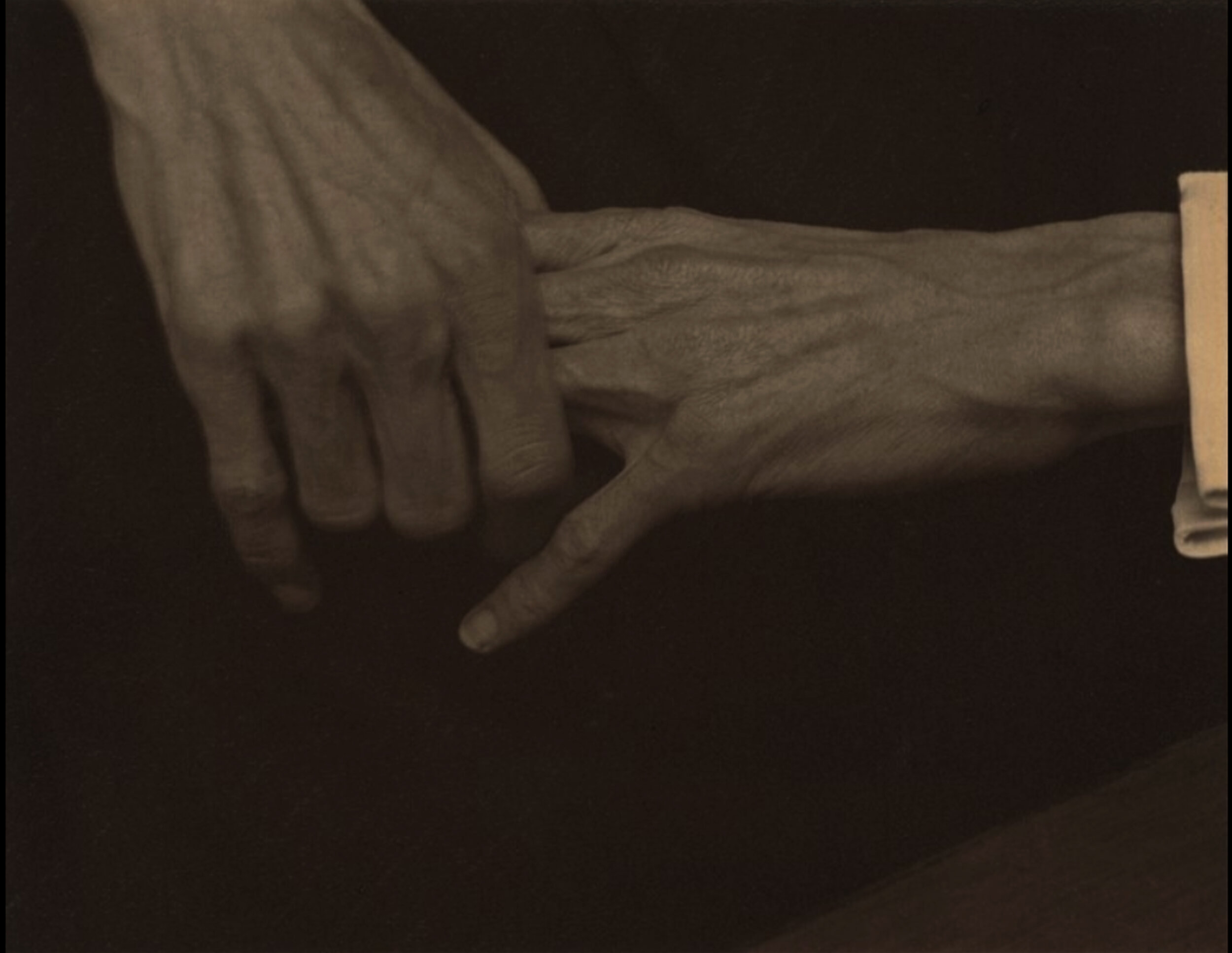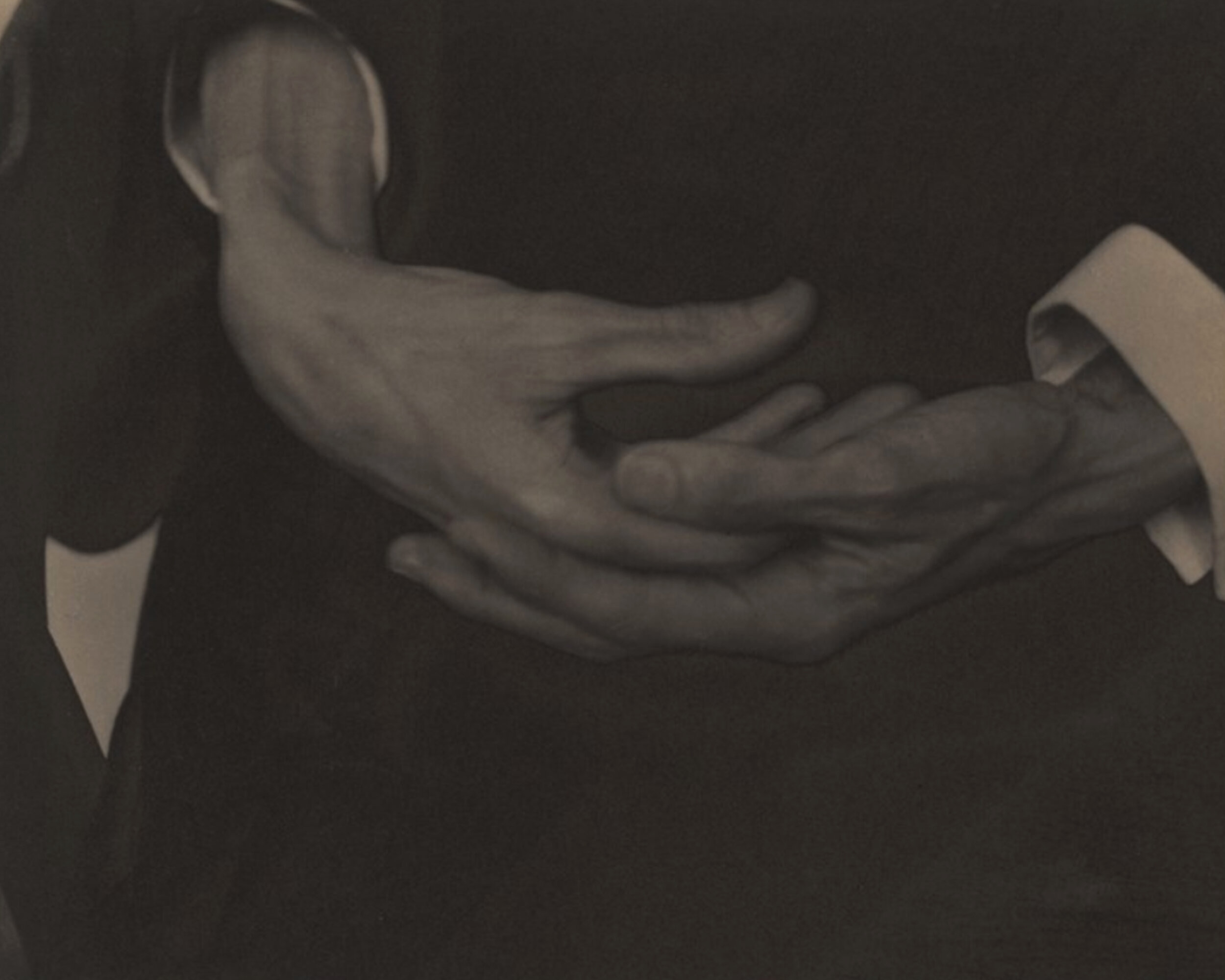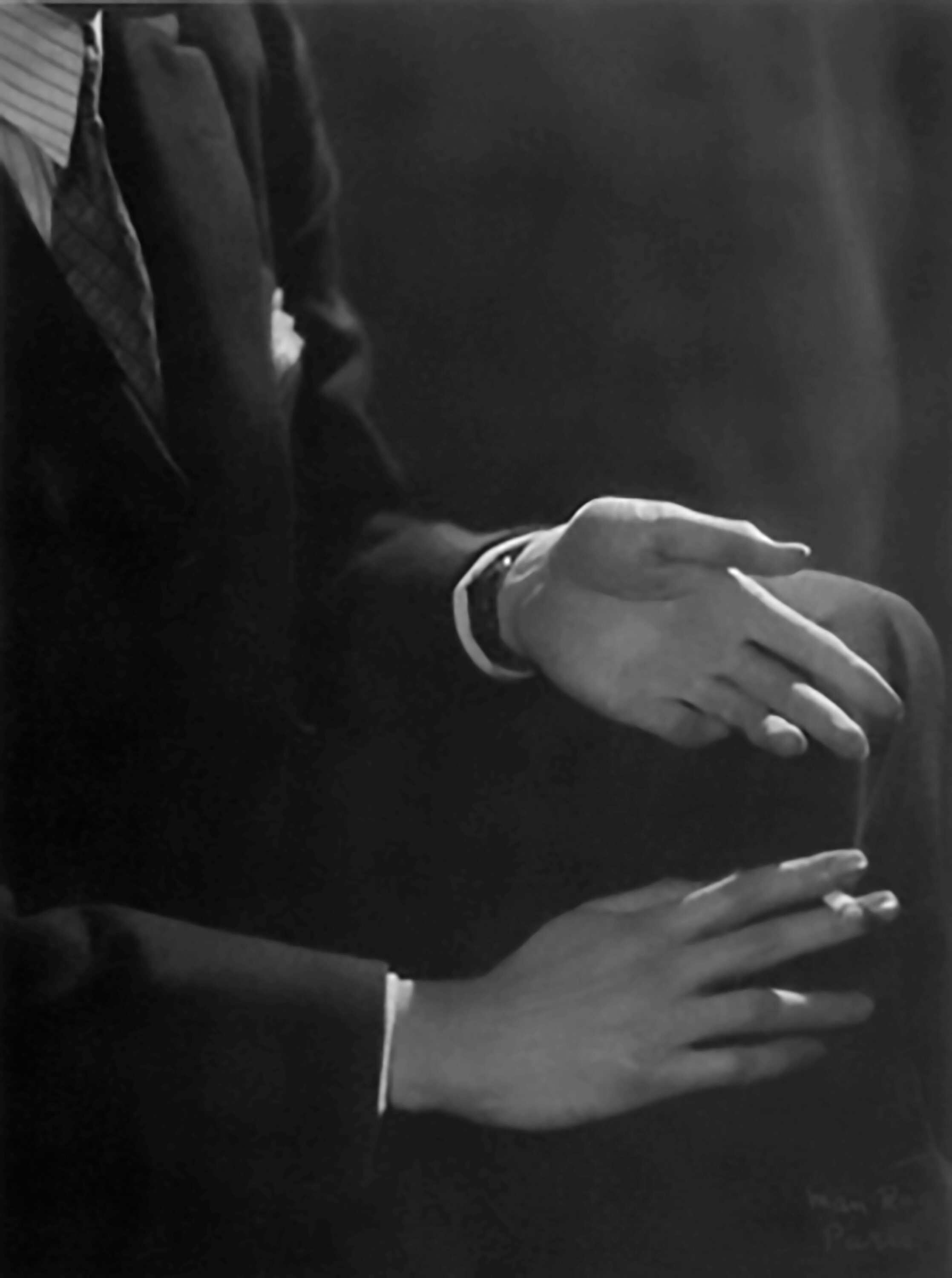Stop 9: A.A. Herr Office / Lancaster Sketch Club
a.A. Herr Office / Lancaster Sketch Club | 108 East King Street
During Demuth’s lifetime, this was Allen A. Herr’s Real Estate office. Herr’s daughter, Laetitia (Lettie) Herr Malone, persuaded him to let the Lancaster Sketch Club meet in the back office. In addition to Lettie, the sketch club included Demuth, Martha Bowman, Alice Malone, Florence Starr Taylor, Heber Kurtz, Harry Humphreys, Ruth Hager, and Mrs. Foltz.
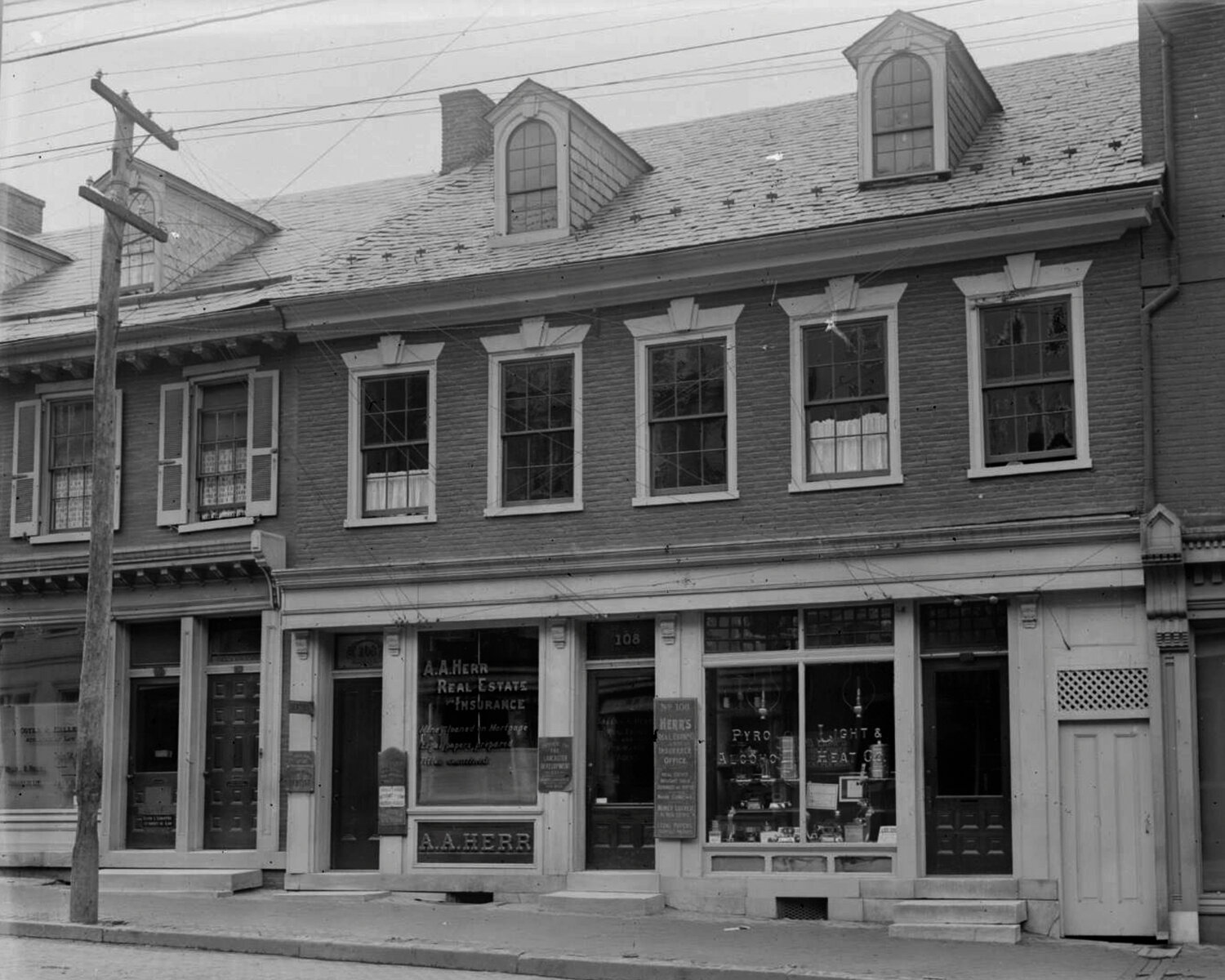
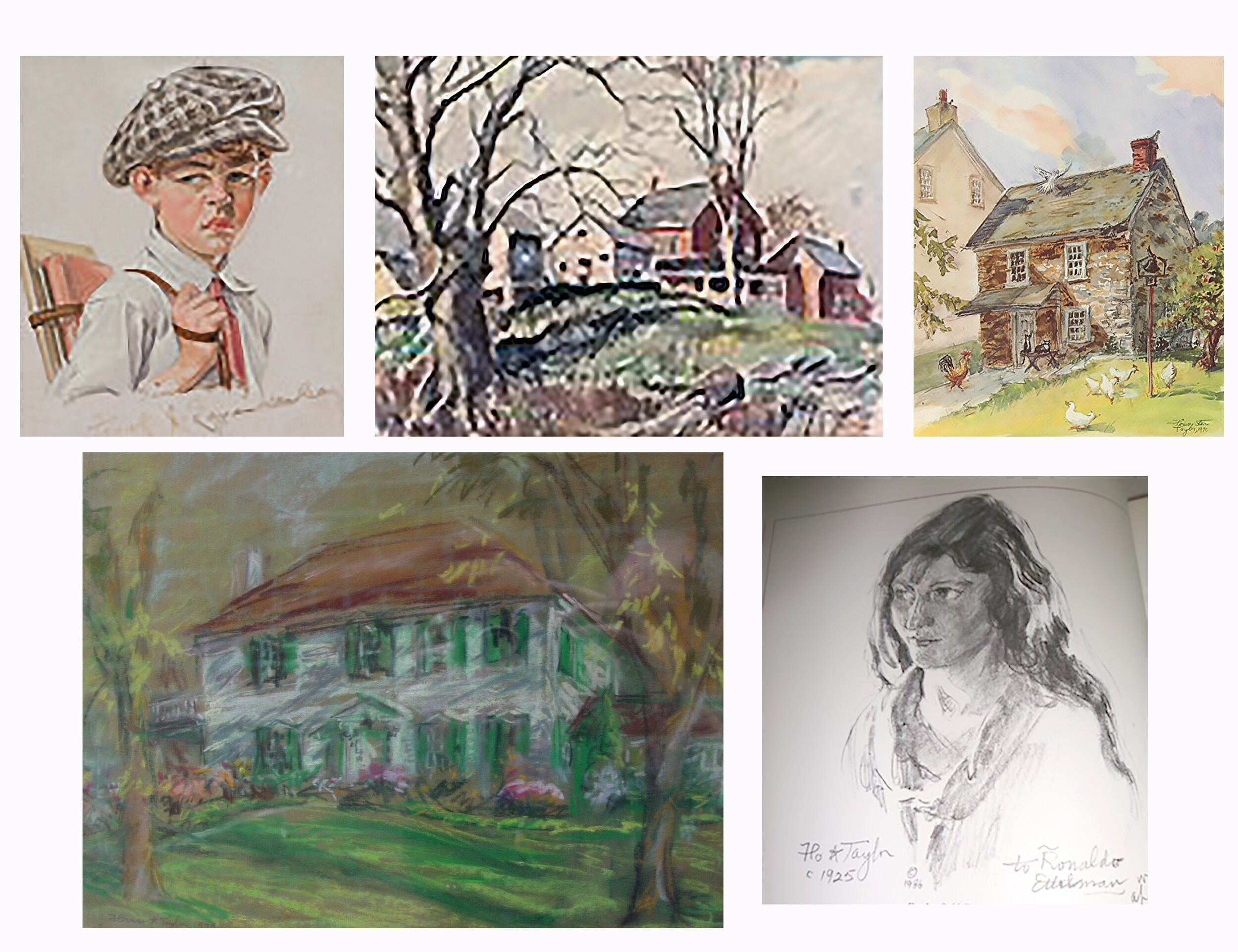
Lettie was born in Lancaster and attended Mrs. Blackwood’s School. Her drawing was exceptional and later she went to Highland Hall, the New York School of Art, the Pennsylvania Academy of Fine Arts and the Morrow Summer School in Long Island. Mrs. Malone had a studio in New York where she devoted some time to the illustrating of books and magazines.
It was said of Lettie: “No one has a keener insight into and appreciation of the heart of a dog than Mrs. Malone. The portrait which she recently painted of her “Scottie” might almost be called a “speaking likeness” for out of that doggie’s eyes shine all the most lovable qualities of dogdom— patience, loyalty and intelligent devotion.”67
Demuth was a supportive member of the sketch club. Lettie recalled: “Socially he was delightful, with his wit, fine sense of humor, and always sympathetic understanding. Mr. Hammond says of him that he never disparaged a fellow artist.”68 Abraham Walkowitz said: “No, he never condemned. He was kind, liberal, and friendly to all [Art] movements.”69
From an early age, Demuth developed a style of drawing similar to Rodin’s, which has been described as “Calligraphic”.
Charles Demuth, Portrait of a Fair-Haired Young Man, n.d., watercolor and ink on paper, 10 5/8" x 7 7/8", Demuth Museum Collection, gift of Jean Gromoll
Barbara Haskell wrote “While remarkably detailed in execution, these drawings have an asymmetrical balance that shares little with the stylized, hieratic Fraktur work that proliferated in Pennsylvania. Rather, their sensibility suggests an ornamentation and precision almost Chinese in mood. Demuth’s decorative instincts and his proclivity for subjective renderings give these studies a delicacy uncommon for the work of a teenage boy.”70 Art Critic Henry McBride wrote: “There are the series of illustrations to novels by Henry James and Zola which have acquired a great deal of local fame, and which some critics (myself included) rate as the best things Demuth did, and yet they are calligraphic; and officialdom in America doesn’t yet know what calligraphic draughtsmanship is, and consequently is bound to disapprove of it for at least 10 years to come….Since that day, a whole school of young Americans have practiced Calligraphy with an assiduity worthy of the Chinese, but these drawings by Demuth remain the most distinguished contributions yet made to this kind of expression.”71
It wasn’t just Charles’ drawings that were compared to the Chinese. Many of his friends remembered his hands in particular. “Charles hands were unusual, and some of us will miss them. How the Chinese would have feted them! Even Charles whole appearance was at times permeated with oriental stillness, until it woke to express a world unlike all that…”72 Hartley wrote.
We will now finish the tour at Charles home, which Hartley said “will give you the solid background of his rich simplicity.”73
67 “Laetitia Herr Malone”, Know Your Local Artists Scrapbook. Lancaster Historical Society, Lancaster, PA. 1936. MG-434, Box 083.
68 Farnham: Behind a Laughing Mask. P.11
69 Farnham: Life, Psychology, & Works, Vol. 3. P.956
70 Haskell, Barbara. Charles Demuth. Whitney Museum & Harry SN. Abrams, Inc: New York. 1987. P.14
71 McBride, Henry. The Flow of Art. Yale University Press: New Haven & London. 1997. P.355-357
72 Hartley: “Farewell, Charles”. P.560
73 Hartley: “Farewell, Charles”. P.559


